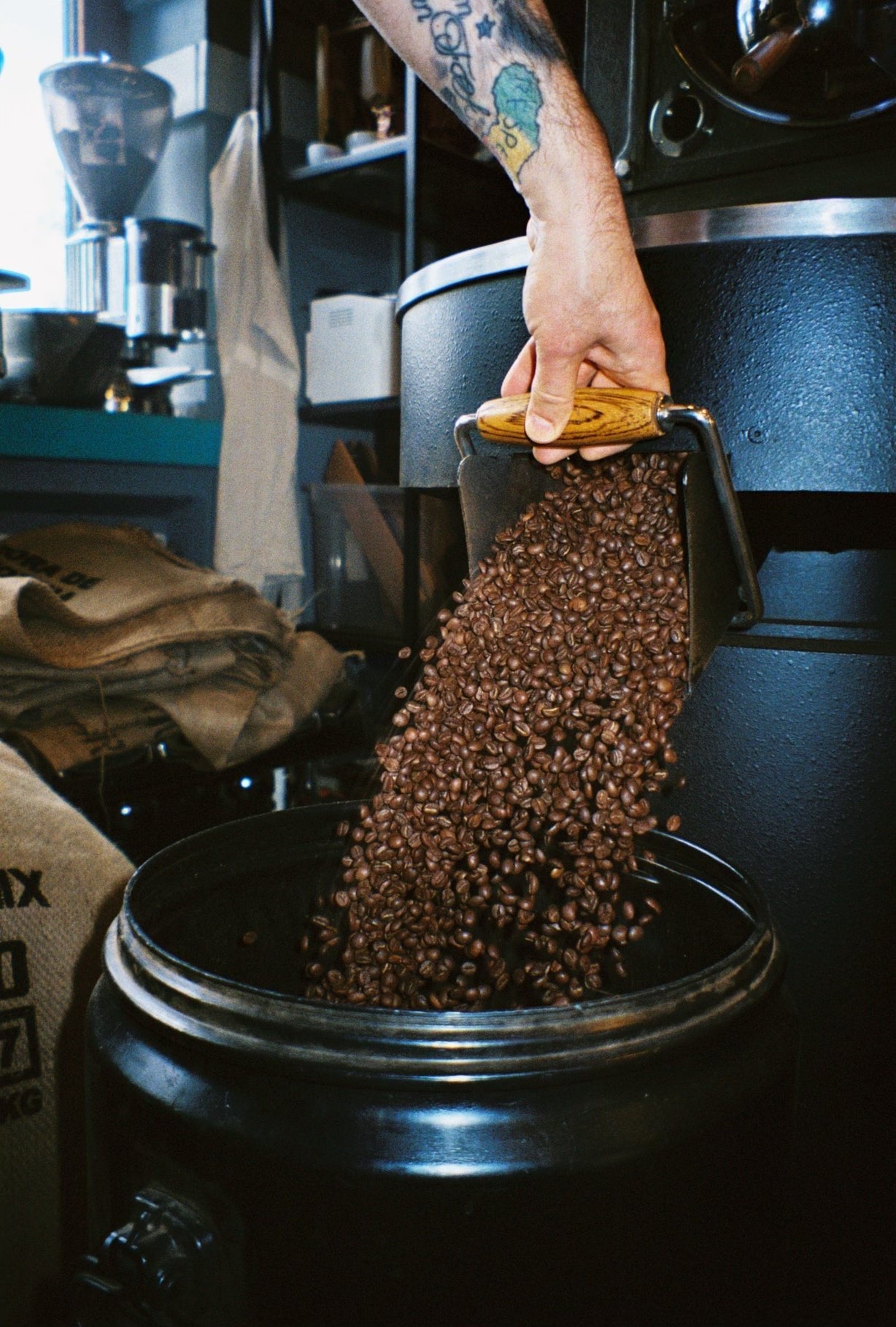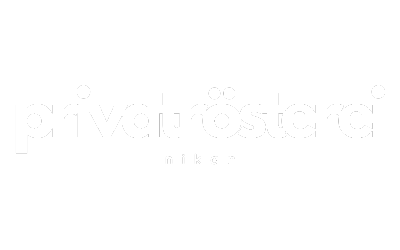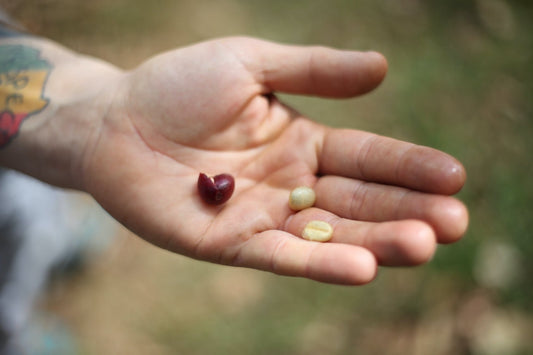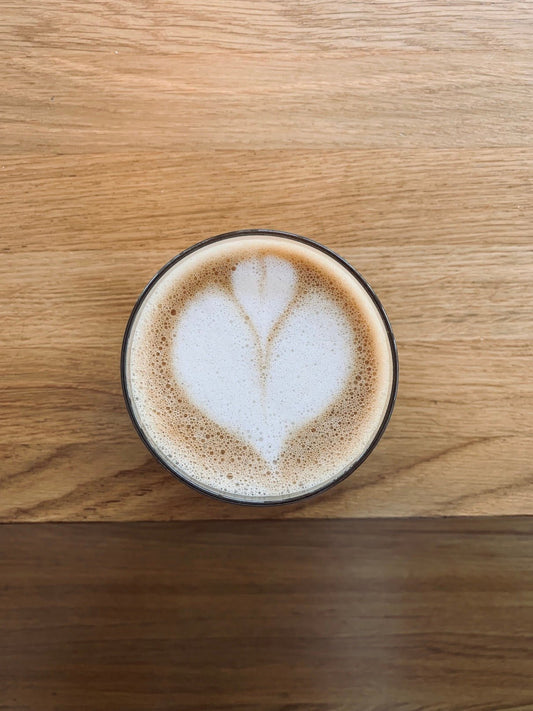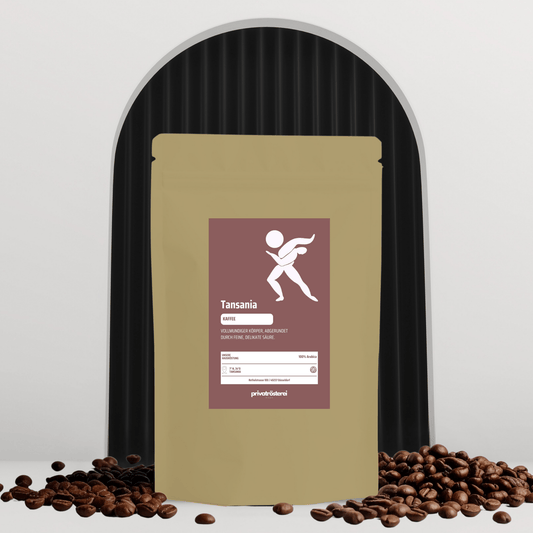The cappuccino is arguably the most popular Italian hot drink in Germany. And that's no surprise: With its delicate foam and beautiful latte art decorations, it not only appeals to our taste, but also looks absolutely stunning. But where does the cappuccino actually come from? Which beans are used? How is it prepared, and what distinguishes it from other milk-based drinks, such as the flat white, café au lait, or latte macchiato?
In this article, we'll take a closer look at the cappuccino and provide answers to the most frequently asked questions. Let's get started.
Where did the cappuccino originate?
Italy. Where else, right? The cappuccino isn't actually as Italian as we tend to think. It's generally assumed today that the cappuccino actually has its origins in Austria. In the land of the time-honored Viennese coffee house culture, there's the so-called Kapuziner . This consists of a mocha topped with liquid whipped cream.
The hot drink we know today as cappuccino probably originated in Italy when Austrian soldiers stationed there wanted to continue drinking the familiar Capuchin drink. Over time, this is how the cappuccino evolved. Incidentally, it owes its name to the Italian word for "hood." In Italian, it's cappuccio . How fitting, right?
Making the perfect cappuccino
Before we delve into the ingredients and the specific preparation of a cappuccino, I'd like to share with you my absolute no-gos. If you're sitting in a café and you're served a cappuccino that meets any of these criteria, that's unfortunately not a good sign, which speaks volumes about the café.
My cappuccino NO-GOs
The right ingredients for a good cappuccino:
Now that we've said what you definitely don't need for a cappuccino, let's get straight to it and see how we make a really good cappuccino and what we need for it:
Ingredients
Equipment
You can also make a perfect cappuccino with an espresso maker . While it's not a "real" espresso, as it lacks the necessary pressure, it's still a great, simple, and, above all, inexpensive alternative for home.
Ingredient 1: The right espresso bean for your cappuccino

Beans are a tricky thing. It all depends on what you like best. So our tip: Just experiment. If you prefer a fruity flavor, then our Ethiopian Espresso or our Ugandan Espresso Mix might be just right for you. Our Indian Espresso has a fuller flavor and is our house roast at the café.
Regardless of which bean you ultimately choose, we definitely recommend using a true espresso roast . These have a more intense flavor than filter roasts. This is important so that the aroma of the bean can prevail over the milk, resulting in a balanced cappuccino.
Ingredient 2: Use the right milk

We recommend using milk with at least 1.5% fat. Whole milk with 3.5% fat is even better. It's also helpful if the milk has a high protein content. Rule of thumb: The higher the protein and fat content in the milk, the easier it is to froth.
By the way: Milk naturally contains lactose. When combined with a good cappuccino bean, there's no need to add any extra sugar. This not only spoils the great taste but is also unhealthy.
 Vegetarian option: If you'd rather avoid animal dairy products, you can now find great milk substitutes. Oat milk is great for frothing. Various brands also offer special barista editions that taste really good.
Vegetarian option: If you'd rather avoid animal dairy products, you can now find great milk substitutes. Oat milk is great for frothing. Various brands also offer special barista editions that taste really good.
Ingredient 3: Water

Water isn't really worth mentioning as an ingredient. However, we'd like to draw attention to one point in particular: the hardness of tap water.
Depending on where you live, your tap water may contain a lot of limescale. To protect your coffee maker from limescale buildup, we always recommend filtering the water with a filter jug before use. This not only protects your coffee maker but also has the positive side effect of reducing unpleasant flavors. At home, we use a simple water filter with replaceable cartridges.
Make your own cappuccino at home
If you want to make your own cappuccino at home, you'll need: espresso, frothed milk, and a cup. That's it. Well, unfortunately, not quite.
Unfortunately, making a cappuccino at home isn't that easy. After all, not everyone has a portafilter machine at home. And even if you do, there's no guarantee that you'll get a perfect cappuccino the first time. But with a little practice and patience, you'll get the hang of it! Read our article "Making Your Own Cappuccino at Home " to learn exactly how.
